Interactive Art
-
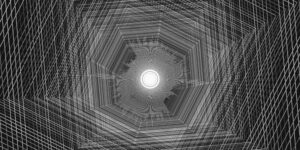
Media Spaces & Generative Art
Kunst von FH-Studierenden im Deep Space 8K
2023 jährte sich zum zehnten Mal die Zusammenarbeit von Studierenden der FH OÖ Campus Hagenberg mit dem Ars Electronica Futurelab: In Semesterprojekten erkunden die Studierenden auf kreative Art ihre Zugänge zu interaktiven und generativen Künsten.
-
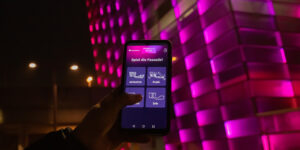
Fassadenspiel
38.500 LEDs für öffentliche Kreativität
Die Fassade des Ars Electronica Center prägt mit ihren 38.500 LEDs seit 2009 das Linzer Stadtbild. Nur ein Jahr später konnte die Öffentlichkeit erstmals per Fassadenterminal die Kontrolle über die leuchtende Museumshülle übernehmen, 2022 folgte die Neuauflage – mit dem Fassadenspiel und einer Website voller frischer kreativer Möglichkeiten.
-
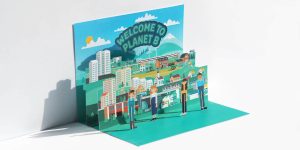
Welcome to Planet B
Interaktives Kinderbuch zum Klimawandel
Die Futurelab-Anwendung Welcome to Planet B bringt Klimaentscheidungen in den Deep Space 8K. Um das Projekt in ein kindgerechtes Format für 8- bis 12-Jährige zu übersetzen, erstellte ein Team des Labors ein passendes interaktives Pop-up-Buch. Es soll Kinder für den Klimaschutz begeistern und sie zum Staunen, Begreifen und Verstehen – und vor allem zum Mitmachen…
-
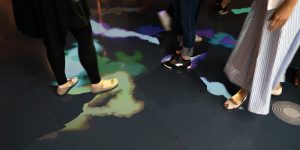
Hybrid Space
Interaktive Telepräsenz im Museum
Hybrid Space war eine Installation des Ars Electronica Futurelab, die im Rahmen des 25-jährigen Jubiläums des Labors im Jahr 2021 präsentiert wurde. Sie schuf einen interaktiven Raum im Ars Electronica Center, in dem sich Museums- und Online-Besucher*innen treffen und miteinander interagieren konnten.
-
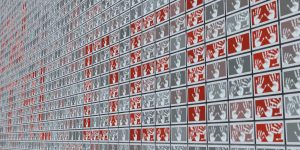
Hands for the Future
Soziale Fragen als partizipative Installation
Hands for the Future ist eine partizipative Medieninstallation im Ars Electronica Center. Sie dient als Aufruf zum Handeln für die verschiedenen tiefgreifenden Probleme, die die Menschheit dringend adressieren muss.
-
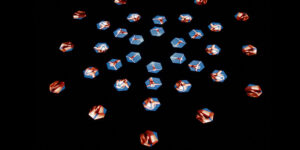
Fluxels
Choreographed swarm of ground robots as a medium of art
Fluxels ist ein Wortspiel, inspiriert durch die Assoziation von Spaxels, „Fluxus“ und die ästhetische Qualität schneller, fließender Bewegungen. Es ist der Name einer im Ars Electronica Futurelab entwickelten Bodenroboterplattform, die im Rahmen einer Zusammenarbeit mit NTT für Schwarm-Bot-Performances konzipiert wurde.
-
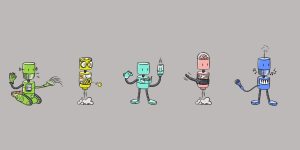
Losgröße 1 – Technisches Museum Wien
In November 2018 Technisches Museum Wien opened the exhibition “Arbeit & Produktion” as part of the series “weiter_gedacht_”. The series of events put current research and development at the centre of the 2018 programme and focused on how central features of society are affected by technologically driven change.
-
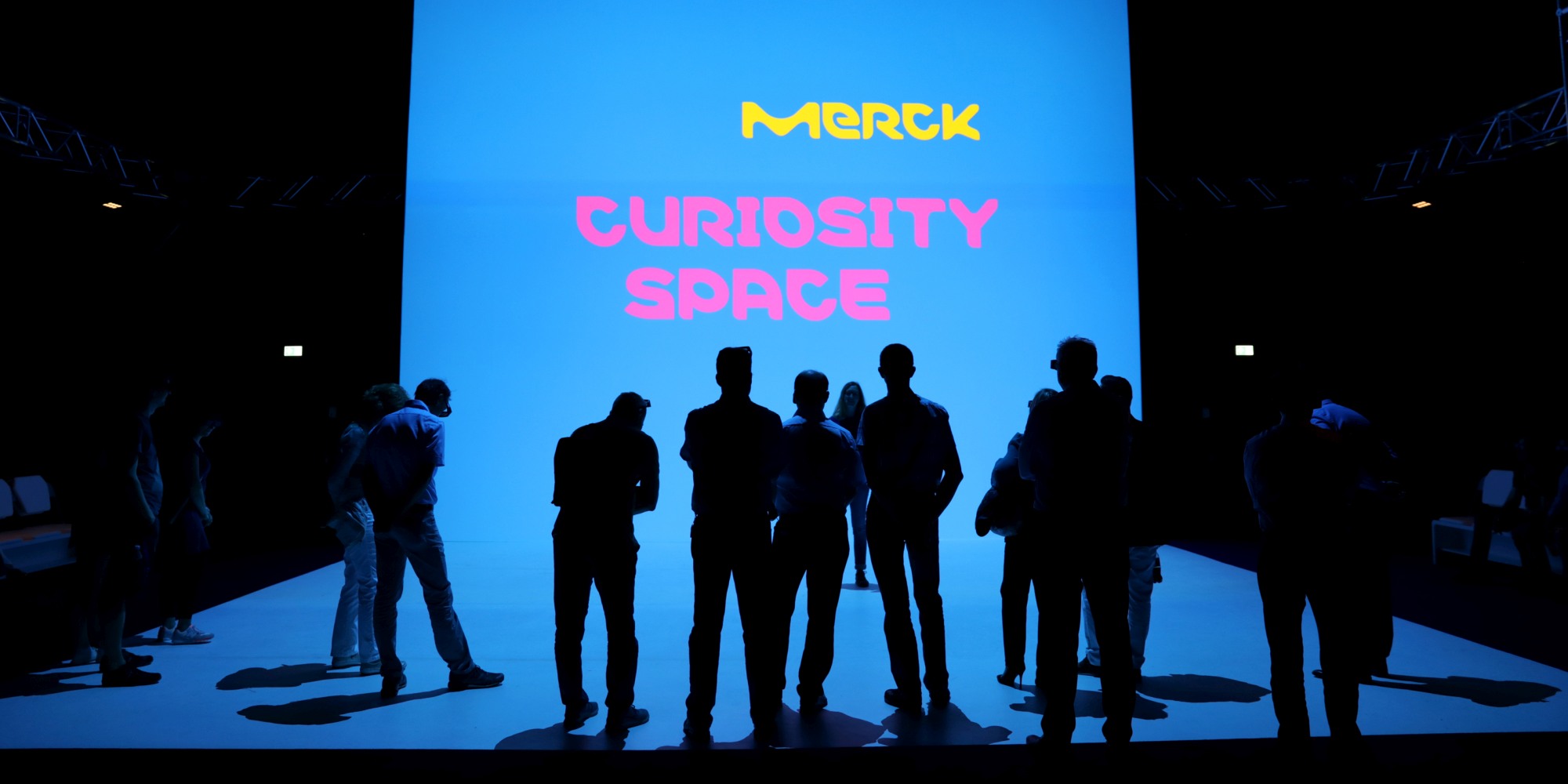
Merck 350 Curiosity Space
In 2018, Merck (known as Merck KGaA, Darmstadt, Germany in the US and Canada) celebrated its 350th anniversary under the motto “Imagine. Always curious – also in the next 350 years”. For the program around Merck 350, the Ars Electronica Futurelab has developed the Curiosity Space: a walk-in 3D projection and experience space based on…
-
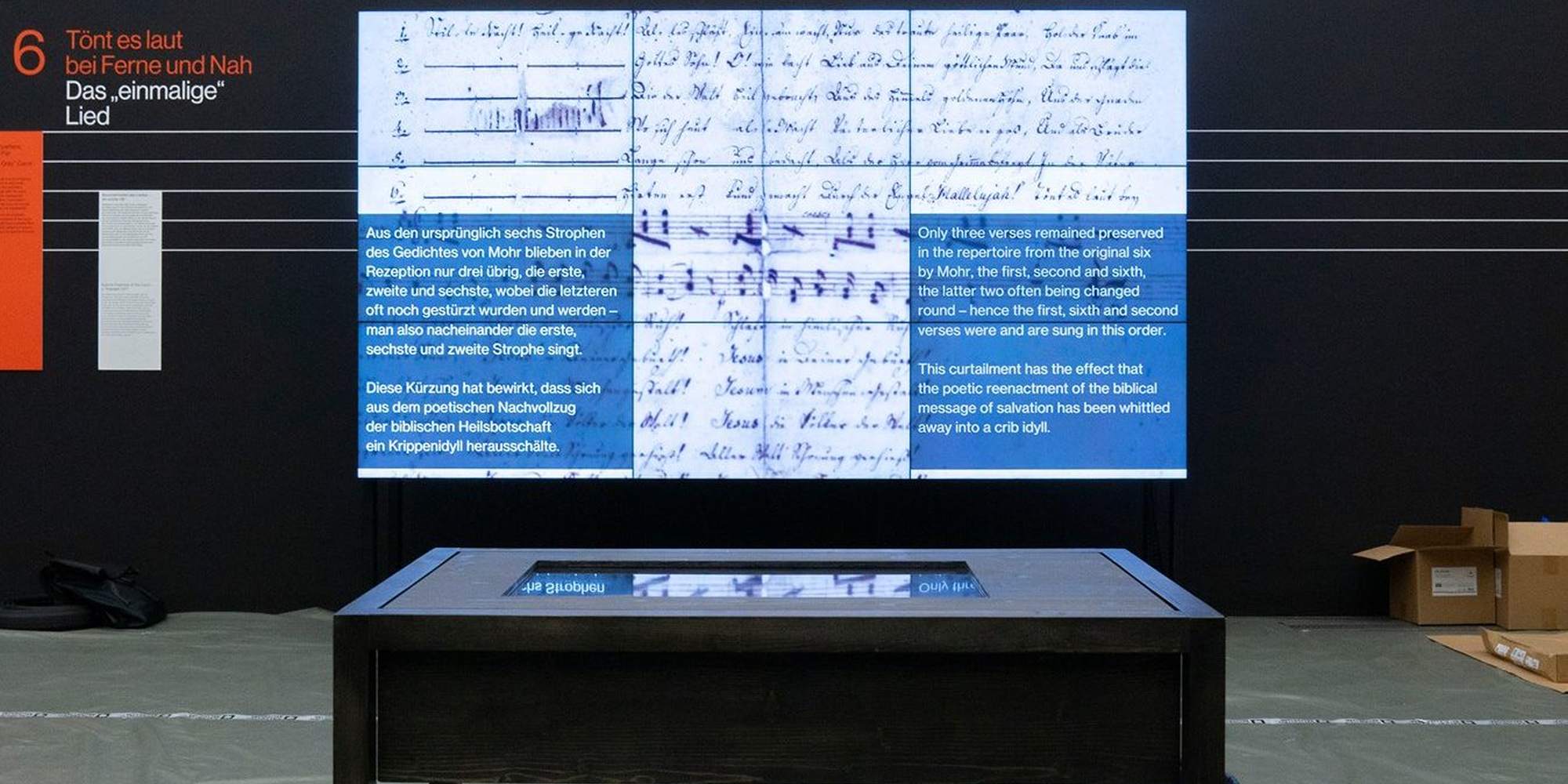
Stille Nacht 200
On the 200th anniversary of the Christmas classic Stille Nacht, heilige Nacht the Salzburg Museum, as one of seven parts of the Salzburg Provincial Exhibition, presented various facets of the song in the curated tour Silent Night 200 – History. Message. Present.
-
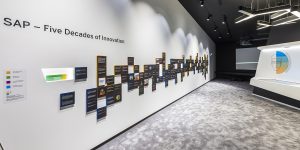
Augmented Humanity @SAP Pavilion
In 2012, Europe’s largest software manufacturer SAP commissioned the Ars Electronica Futurelab with a representative work on the 40th anniversary of the former start-up. The exhibition format “40 – years of Future” was specially developed for the planned company museum in order to communicate the company’s history and key inventions to the general public.
-
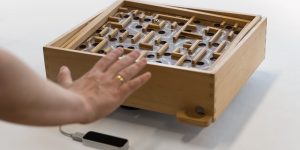
MANUACT
How can gesture research be presented so that it is comprehensible by everyone? How do you identify natural gestures for specific applications? What are the origins of such gestures, and how can they best be used in future interfaces? The Ars Electronica Futurelab has been collaborating with Chemnitz University of Technology to get to the…
-

Vedaport / Monolith
The six meter tall Monolith – completed in spring 2014 – consists of 24 frameless screens, wrapped in translucent mirror panels. These panels render the Monolith almost invisible at first glance and enhance it.